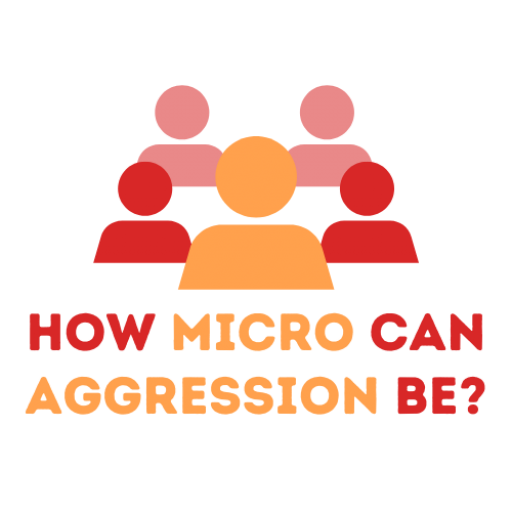Step 4: Boundaries
You have just experienced or witnessed a micro-aggression, what can you do? Check in with yourself:
What do you need right now? Do you want to engage with the micro-aggression, do you want to stall for time as you think about what you want to stay, or do you want to leave the situation? There is no right or wrong answer here. Once you know what your needs are, you can act on them.
If your need is to set a boundary so the other person knows you are not receptive to their behavior, this is how you can do that (adapted from Tawwab, 2021).
- Be clear and use simple words. Mind your tone: do not yell or whisper.
- Explicitly state your need or request.
- “I do not like it when you talk about my weight. Please stop.”
- “I want you to stop asking me when I’m going to get married and have kids.”
- “I expect you to talk to/about me respectfully.”
- There might be people who ignore your boundary, test your limits, challenge the reasoning, get defensive, or stop talking to you. What to do when that happens?
- Assertively restate your boundary (step 1 and 2).
- Restate your boundary in the moment, not when the moment has passed.
- Decide not to take it personally if the person does not react positively to your boundary. Do not give them power over you. Their perception of you is theirs, they cannot decide who and what you are. Only you can.
- Manage your discomfort and remove yourself from the situation.
